Latest NRAO News
News is managed by NRAO News & Public Information. Questions about News? Have a story to share? Want to interview a scientist or create new media about our telescopes?
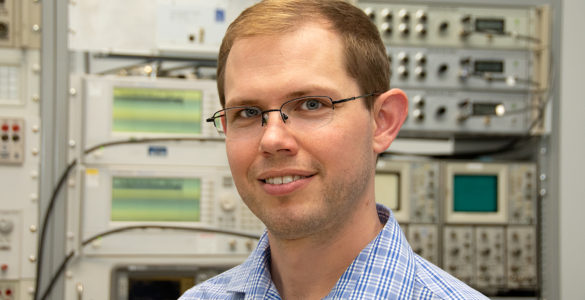
Dr. Brett McGuire of the National Radio Astronomy Observatory (NRAO) has been named to Science News’ list of 10 early-and mid-career scientists on their way to greater widespread acclaim.
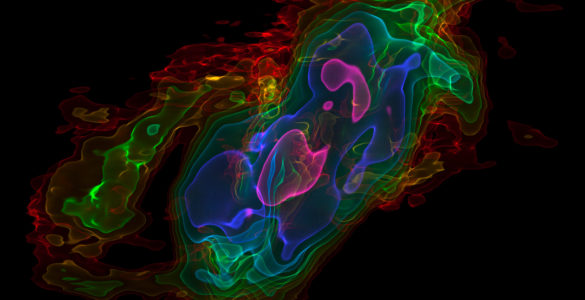
The methods used in medical imaging and radio astronomy have many similarities. A group of scientists want to build on those similarities in the cells to galaxies project.
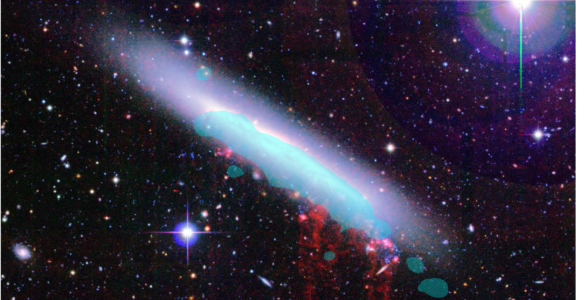
The first ever Canadian-led Atacama Large Millimeter/submillimeter Array (ALMA) Large Program has been approved for cycle 7. Dr. Brown and his colleagues will use the Atacama Compact Array (ACA) to study the influence of galaxy environment on star formation in the Virgo Cluster.
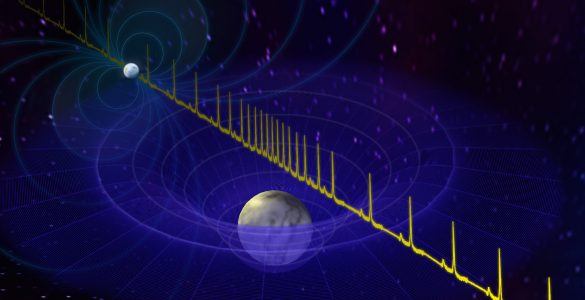
Astronomers using the GBT have discovered the most massive neutron star to date, a rapidly spinning pulsar approximately 4,600 light-years from Earth. This record-breaking object is teetering on the edge of existence, approaching the theoretical maximum mass possible for a neutron star.
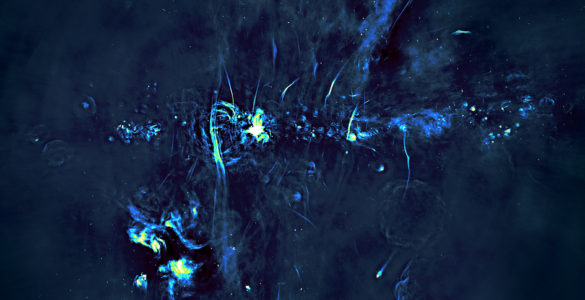
An international team of astronomers has discovered one of the largest features ever observed in the center of the Milky Way – a pair of enormous radio-emitting bubbles that tower hundreds of light-years above and below the central region of our galaxy.

New radio wave images made with the Atacama Large Millimeter/submillimeter Array (ALMA) provide a unique view of Jupiter’s atmosphere down to fifty kilometers below the planet’s visible cloud deck.





